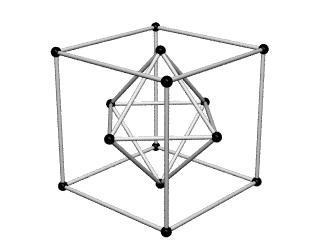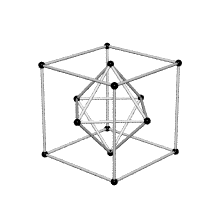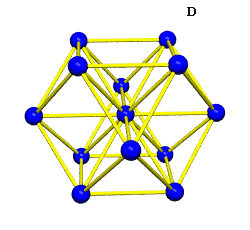Synergetic Crystallography 101
by Kirby UrnerFirst posted: November 27, 1998
Last modified: November 30, 1998
Equating the fcc with the IVM
Crystallography, as traditionally communicated, is inevitably imbued with a strong European bias in favor of making everything cubical or cube-referenced.
Ergo, the synergetics approach to closest packing of unit-radius spheres as concentric layerings of 10 f2 + 2 spheres around a nuclear sphere, in a cuboctahedral conformation, is rarely found in 1900s crystallography books. Rather, we read about the "face centered cubic" lattice (fcc)-- which amounts to the same thing.







